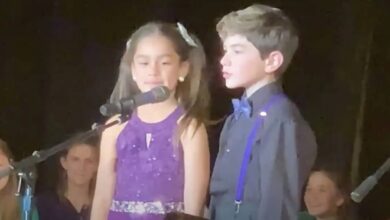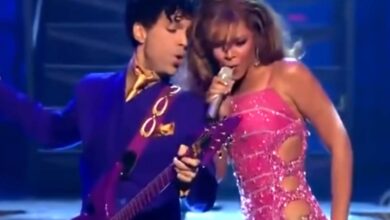Some say this is one of the finest TV ads of all time. People who were around in 1971 likely recall every line
The Coca-Cola “Hilltop” commercial’s enduring impact is rooted in its simple yet powerful message of unity and global harmony, expressed through the idea of sharing a Coke. The ad captured a moment in time during the 1970s, a period characterized by social and political upheaval. By featuring people from diverse backgrounds standing together and singing on a hilltop, the ad became a visual metaphor for world peace and connection. Bill Backer, who conceptualized the ad, sought to leverage Coca-Cola as a symbol of joy and togetherness, transcending cultural differences and emphasizing a shared human experience.
The production of the commercial faced numerous challenges. Originally planned to be shot on the Cliffs of Dover, bad weather forced the crew to relocate to a hilltop outside Rome. Casting also presented difficulties, as the commercial required a multicultural group to represent various ethnicities authentically. Eventually, Italian actors and models were selected to reflect the desired diversity, and the shoot involved over 60 people. The scene of participants holding Coca-Cola bottles formed a heart-shaped pattern, captured serendipitously when the camera panned from above.
The song, “I’d Like to Teach the World to Sing,” initially emerged as a radio jingle before being expanded into a full song due to its immense popularity. Songwriters Roger Cook, Roger Greenaway, Bill Backer, and Billy Davis crafted the melody and lyrics, which were designed to communicate a message of peace and unity, resonating with listeners worldwide. The jingle’s success led to its transformation into a commercial, with The New Seekers recording the radio version, and The Hillside Singers appearing in the TV ad. Both versions achieved significant chart success, with the song’s lyrics invoking imagery of a harmonious world where differences were set aside.
The ad’s reception was multifaceted. While it received praise for its optimistic portrayal of unity, some critics labeled it overly idealistic. Nevertheless, the commercial proved to be a groundbreaking moment in advertising history, as it effectively combined music, emotion, and branding in a cohesive narrative. The “Hilltop” ad not only boosted Coca-Cola’s sales but also solidified its image as a global brand synonymous with togetherness and happiness. In the years that followed, the commercial was revisited in various forms, including a reunion campaign that celebrated its legacy and updated versions that reflected contemporary values.
The influence of the “Hilltop” commercial extended beyond advertising, permeating popular culture and inspiring countless parodies, references, and homages in television shows, films, and other media. Its message of unity resonated with audiences globally, making it a touchstone for discussions about peace and understanding among different cultures. The song has been performed in various contexts, reaffirming its role as a cultural anthem that continues to inspire feelings of hope and togetherness.
Bill Backer, the creative mind behind the ad, later reflected on the process and the lasting impression it made. His insights into the commercial’s creation highlighted the importance of collaboration and creativity in advertising. By bringing together a diverse group of singers and artists, he and his team were able to convey a universal message that transcended geographical and cultural boundaries.
The commercial’s impact can still be felt today, as Coca-Cola continues to emphasize themes of unity and happiness in its marketing campaigns. The original song has been reimagined in various formats, keeping the spirit of the “Hilltop” ad alive. By tapping into the emotions that the commercial evoked, Coca-Cola has successfully maintained its relevance in an ever-changing world.
In conclusion, the Coca-Cola “Hilltop” commercial remains a landmark achievement in advertising, not only for its innovative approach but also for its powerful message of harmony and togetherness. Through its memorable song and captivating visuals, it has left an indelible mark on both the advertising industry and popular culture, ensuring that its legacy will endure for generations to come.





